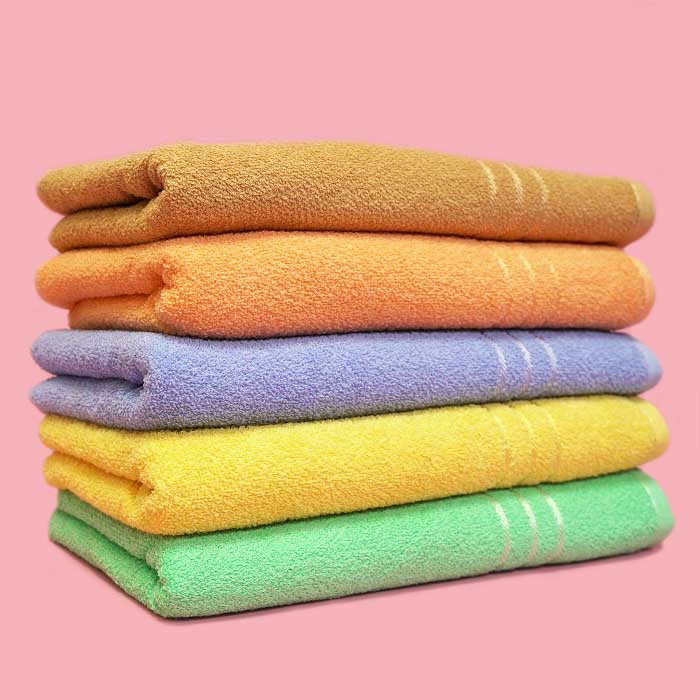Project Report For Terry Towel Manufacturing
Introduction
Project report for Terry Towel Manufacturing is as follows.
Terry Towel is a Pile weave cloth. Pile weaves offer dimension to our textiles. These textiles are created by adding additional werp or weft threads; more frequently than not, werp threads are added for cost-effective manufacture.
Terry is a name for piling that is used to describe a type of woven fabric on a terryloom or handloom that is distinguished by the creation of loops extending from the main body of the cloth. These extra strands are only added by using rather loose and coarse material.
Project Report Sample On Terry
Towel Manufacturing
Get Completely Custom Bankable Project Report
Loops can be made on both sides of the cloth or only the facing side. The loops are constructed by inserting an infinite series of warpends in a predetermined order.
“TERRY CLOTHS” are textiles having uncut loops on both sides of the cloth. The uncut loops are attached into the basic plain or Tunill ground weave.
Additional pile yarns are often coarse in texture and loosely spun to provide optimum water absorption. The addition of these ends has no effect on the fundamental weave.

Terry textiles are classified as pile fabrics because an extra yarn is introduced/inserted in such a way that it produces a loop, known as a pile, to give the fabric a particular look. These textiles can be manufactured by weaving or knitting; however, woven terry fabric, which was the first technology devised, still has a significant market share (Kienbaum 1978). This is due to the fact that the quality of knitted terry fabric is inferior to that of woven terry fabric.
Aside from the procedures used to make the terry towels, additional elements such as the usage of fibres, yarn parameters, weaving parameters, and chemical processing processes all have a role in defining the quality of terry towels (Swani). et al 1984, Teli et al 2000).
Market Potential Of Terry Towel Manufacturing
Expenses

Product Cost Breakup

Reveneue Vs Expenses

Market Trend

The United States is the largest market for terry towels and imports, valued at $22,500 crore each year. India is responsible for 5,200 crore of that total. Now, firms in Solapur are looking to expand their share of the pie and have a secure market in which to expand capacity.
India is the third largest market in the Asia-Pacific home textiles market, with a 2014 estimate of $3.7 billion. As per the organisers, it is predicted to expand at a CAGR of 7.2 percent to $5.6 billion by 2020. Bath/toilet linen is expected to grow at a 6.9 percent CAGR to $ 0.9 billion by 2020, according to Siddheshwar Gaddam, head of the Textile Development Foundation.
This exhibition will include a wide range of high-quality towels created using cutting-edge technology, he added. Solapur is well-known for producing terry towels and chaddar, both of which are protected by intellectual property rights. The textile sector in Solapur, which is represented by 800 firms, is likely to benefit from this exhibition, according to the organisers.
Terry textiles are mostly produced in India’s decentralised handloom and power loom industries (Gangopadhyay et al 1999). The majority of terry fabric centres are located in and around Chennai, Erode, and Sholapur.
However, terry textiles are also produced in the organised sector. However, the amount of terry fabric manufacturing in the organised sector is substantially lower than in the decentralised sector. Until the previous decade, the organised sector generated just 10-15% of total terry fabric output (Kwatra 1994). Bombay Dyeing, Modern Terry Towels,
